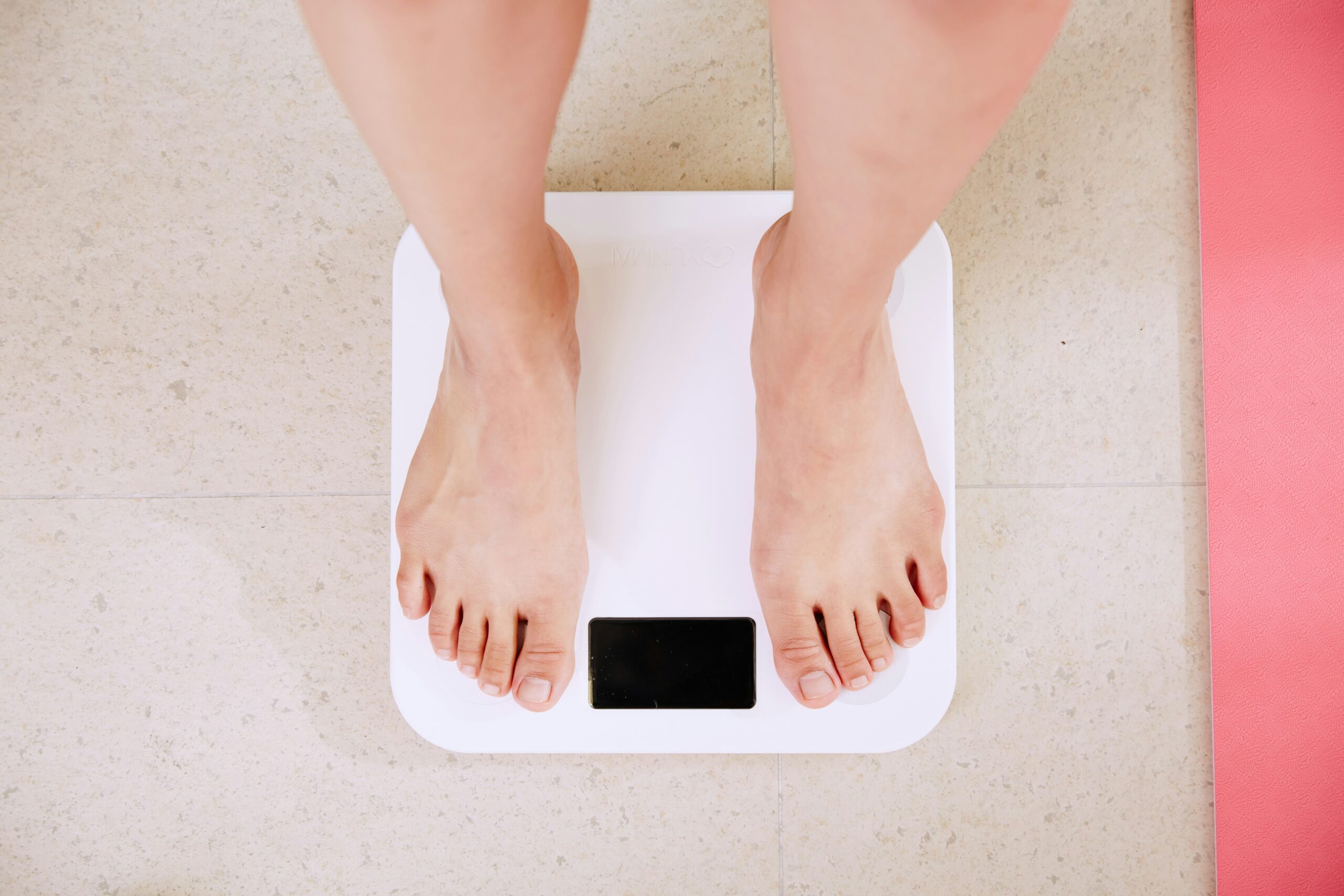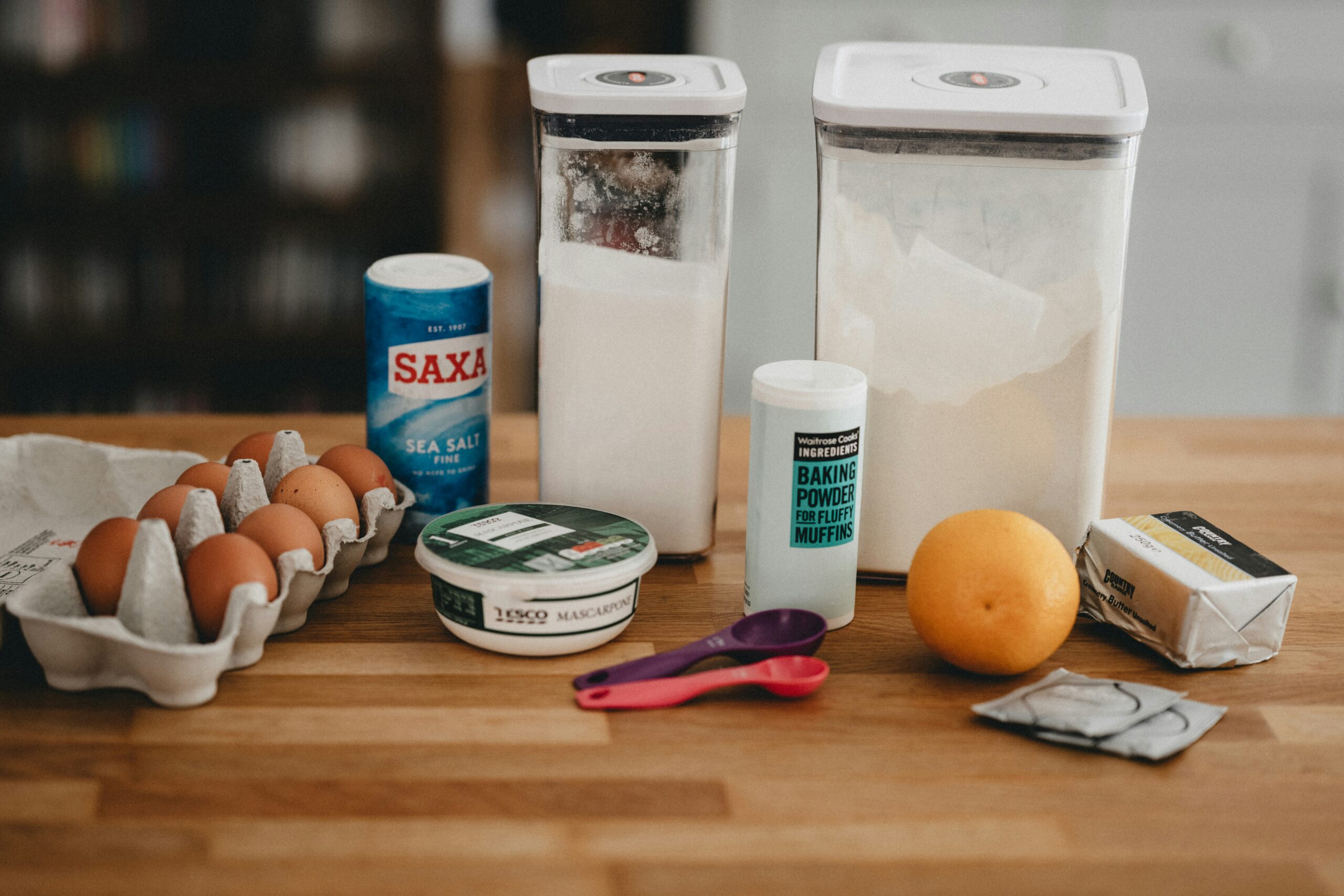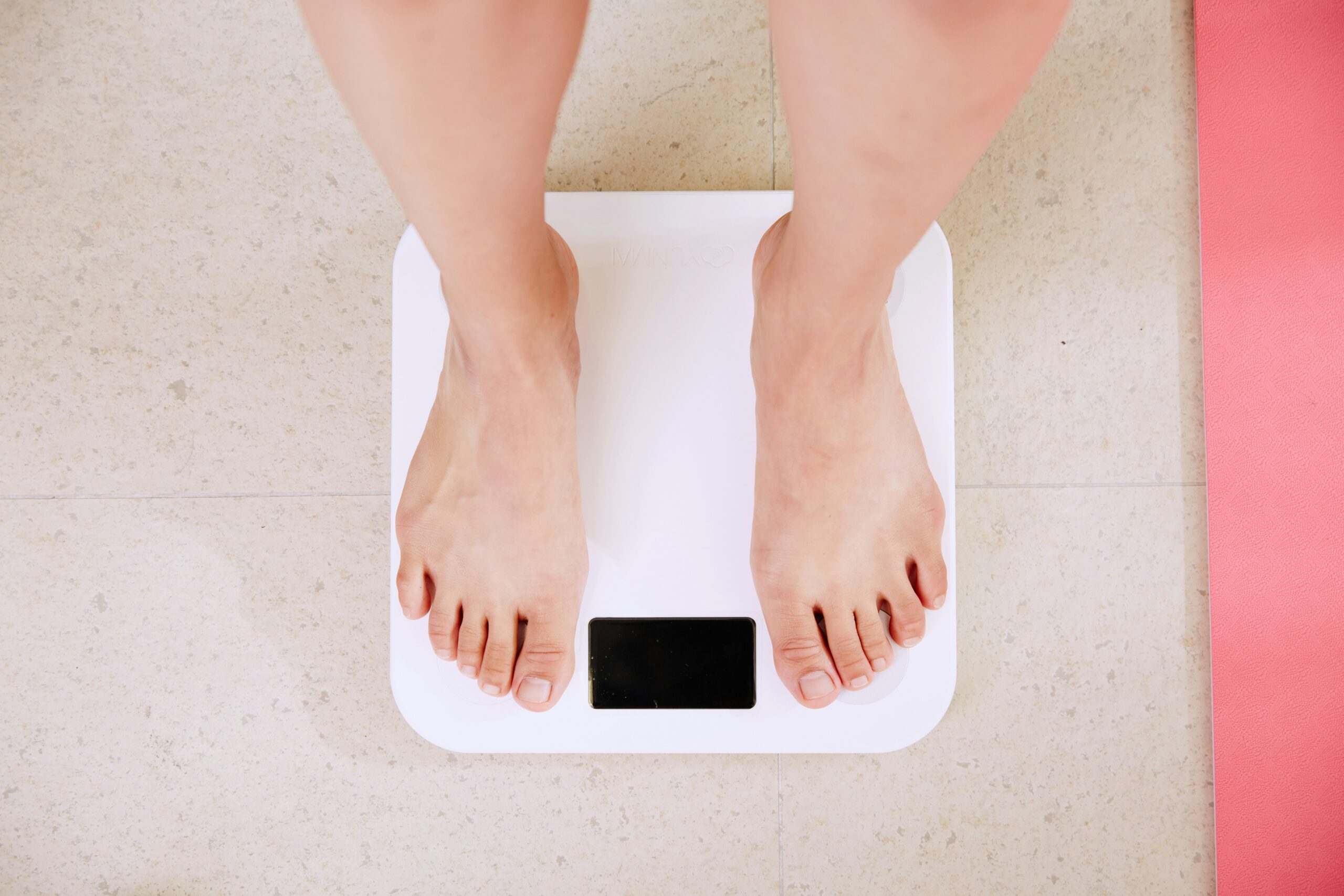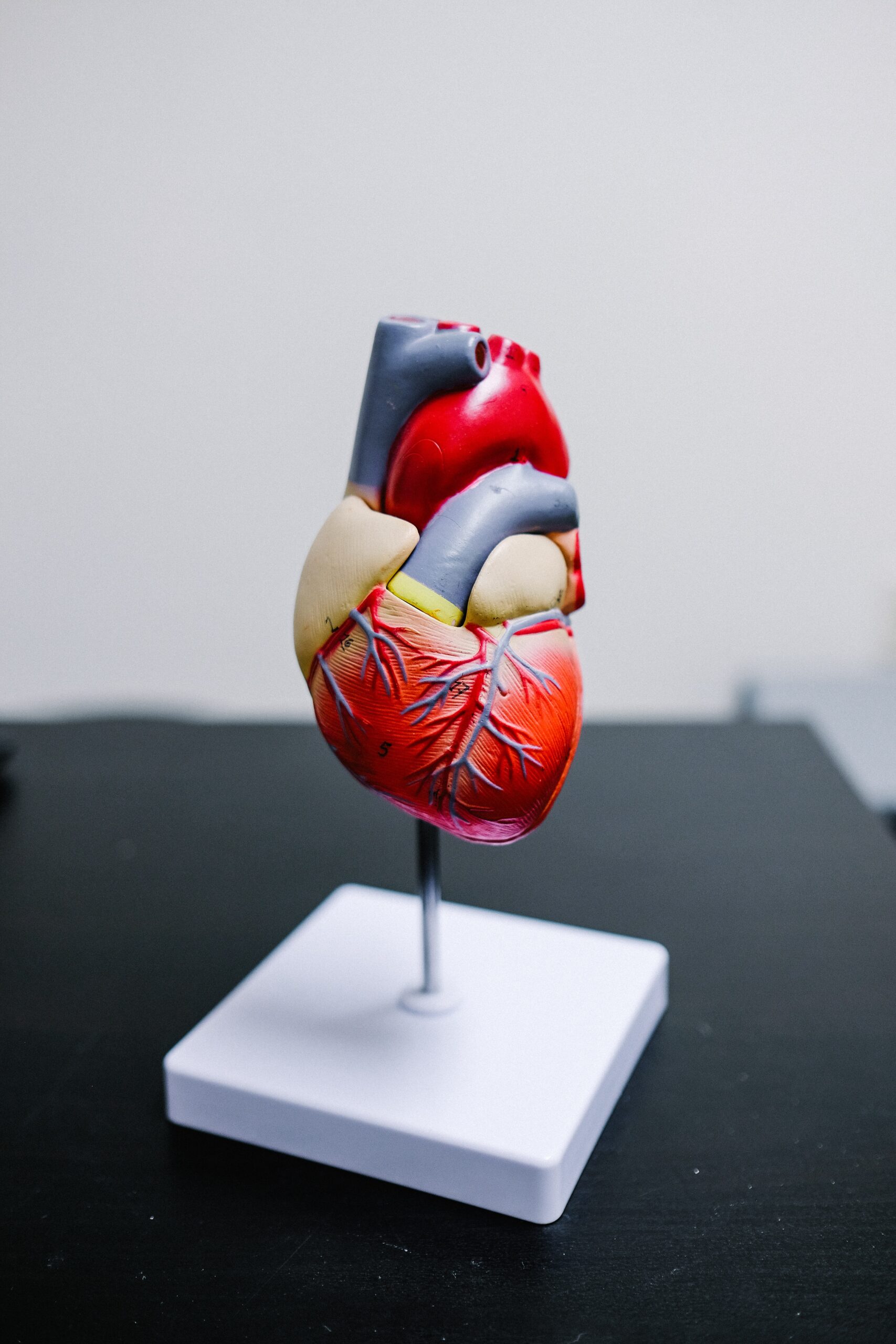7-Day Belly Fat Loss Plan: A Balanced Approach of Diet and Exercise
Introduction to Belly Fat Loss
Belly fat, also known as visceral fat, is a particular type of fat that accumulates around the abdominal region. Accumulation of this fat is influenced by various factors, including diet, physical activity, genetics, and hormonal changes. While some level of body fat is essential for overall health, excessive belly fat can lead to significant health risks, including cardiovascular diseases, type 2 diabetes, and metabolic syndrome. Therefore, understanding the reasons behind belly fat accumulation is crucial for creating effective fat loss strategies.
A sedentary lifestyle combined with poor dietary choices—rich in sugars and saturated fats—can contribute to an increased risk of accumulating belly fat. Stress and lack of sleep have also been identified as contributing factors, as they can disrupt hormonal balance and metabolic processes. Particularly, the hormone cortisol, which is released in response to stress, has been linked to increased abdominal fat storage. Hence, it is imperative to address both lifestyle and dietary patterns in any plan aimed at belly fat reduction.
The 7-Day Belly Fat Loss Plan offers a structured approach that focuses on the synergy between diet and exercise. This plan emphasizes the importance of calorie control alongside nutrient-dense food choices that aid in fat loss while still meeting bodily nutritional requirements. Incorporating exercise, particularly strength training and cardiovascular workouts, can accelerate fat loss by increasing the metabolic rate and promoting muscle development, which is essential for burning calories. By following this structured plan, individuals can initiate a lasting journey toward reducing belly fat effectively and sustainably.
Understanding Nutritional Needs
Effective belly fat loss requires a comprehensive understanding of nutritional needs, particularly the balance of macronutrients and micronutrients. Macronutrients consist of carbohydrates, proteins, and fats, each playing a unique role in achieving optimal health and weight management. The recommended macronutrient ratios can vary depending on individual goals, but a general guideline suggests that 45-65% of total caloric intake should come from carbohydrates, 20-35% from fats, and 10-35% from proteins. Adhering to these ratios can help maintain energy levels, promote muscle growth, and support overall metabolic health.
In addition to macronutrient balance, micronutrients such as vitamins and minerals are pivotal for bodily functions, including metabolism and immune support. Deficiencies in micronutrients can hinder fat loss efforts and impact overall health. Therefore, it’s essential to consume a variety of whole foods, including fruits, vegetables, whole grains, lean proteins, and healthy fats, to meet both macronutrient and micronutrient needs adequately.
Caloric intake also plays a critical role in achieving belly fat loss. Understanding how many calories one needs versus how many are consumed is fundamental for creating a caloric deficit, which is necessary for weight loss. Portion sizes are a significant factor in managing caloric intake. Using smaller plates, measuring food portions, and being mindful of hunger cues can aid in better portion control. Furthermore, meal timing, including the frequency of meals and pre- and post-workout nutrition, can influence metabolism and energy availability. Eating smaller, more frequent meals may stabilize blood sugar levels and decrease cravings, thus facilitating a more effective approach to belly fat loss.
Day 1: Starting Strong with Balanced Meals
Embarking on the 7-Day Belly Fat Loss Plan commences with a strong emphasis on balance and nutrient-rich meals. This first day is designed to set a robust foundation, integrating wholesome food choices and exercise routines that enhance metabolism and foster fat loss. Here, we outline meal ideas for breakfast, lunch, dinner, and snacks, ensuring attention to portion sizes and the nutritional quality of each option.
For breakfast, a well-rounded meal could include a serving of oatmeal topped with fresh berries and a spoonful of almond butter. Oatmeal is rich in fiber, which promotes satiety, while the berries add essential vitamins and antioxidants. Pair this with a cup of green tea, known for its metabolism-boosting properties.
As your day progresses, lunch can consist of a grilled chicken salad incorporating a variety of vegetables such as spinach, bell peppers, and cucumbers. Drizzle with a light vinaigrette made from olive oil and lemon juice. The lean protein from the chicken aids in muscle maintenance, while the fiber-rich vegetables contribute to fullness and digestive health. A small handful of nuts can serve as a perfect addition to provide healthy fats.
For dinner, consider preparing baked salmon with quinoa and steamed broccoli. Salmon is an excellent source of omega-3 fatty acids, promoting heart health, and quinoa is a great whole grain alternative that supports energy levels. Steamed broccoli offers a plethora of vitamins and minerals, contributing to overall health.
Snacking throughout the day plays a vital role in maintaining energy levels and preventing hunger pangs. Healthy options include Greek yogurt with a sprinkle of cinnamon, apple slices with peanut butter, or carrot and cucumber sticks with hummus. These choices support metabolism by providing balanced nutrients that nourish the body.
On the fitness front, Day 1’s workout is primarily cardio-focused. Engaging in activities such as brisk walking, cycling, or jogging for at least 30 minutes will catalyze your fat-burning process, cultivate stamina, and prepare you for an active week ahead. This combination of balanced meals and consistent exercise lays the groundwork for effective belly fat loss.
Day 2: Incorporating Strength Training
On Day 2 of our 7-Day Belly Fat Loss Plan, we shift focus to the integration of strength training into your routine, vital for enhancing metabolic rates and promoting overall fitness. Strength training not only helps in building muscle mass but also plays a crucial role in increasing resting metabolic rate, allowing your body to burn more calories even at rest. For beginners, it is essential to start with appropriate exercises that target various major muscle groups, ensuring a balanced approach to fitness.
A suitable workout routine for Day 2 might include exercises such as squats, push-ups, and bent-over rows. These movements can be performed using body weight or light dumbbells, making them accessible for those just starting their fitness journey. The following beginner-friendly routine is recommended:
- Squats: 3 sets of 10-15 repetitions. Focus on proper form, ensuring your feet are shoulder-width apart and your back remains straight.
- Push-ups: 3 sets of 5-10 repetitions. You may modify this by performing push-ups on your knees if necessary.
- Bent-over rows: 3 sets of 10-15 repetitions using light dumbbells or resistance bands. Keep your core tight while maintaining a neutral spine.
- Plank: 3 sets of holding for 20-30 seconds. Ensure your body forms a straight line from head to heels.
In conjunction with the workout, a balanced meal plan is crucial for adequate recovery and muscle growth. Aim for a protein-rich breakfast, such as scrambled eggs with spinach, accompanied by whole grain toast. For lunch, consider a grilled chicken salad with a variety of colorful vegetables and a light vinaigrette. Completing your day with a healthy dinner, perhaps baked salmon with quinoa and steamed broccoli, will provide your body with essential nutrients.
This combination of strength training and a nutritious meal plan will not only assist in belly fat loss but also contribute to overall wellness and physical fitness. Adopting this balanced approach is imperative as you progress through the 7-Day Belly Fat Loss Plan.
Day 3: Hydration and Fiber Focus
On Day 3 of your 7-Day Belly Fat Loss Plan, the emphasis is placed on the importance of hydration and fiber in your diet. Proper hydration is crucial as it helps to optimize metabolism, facilitate digestion, and promote satiety. Water is essential for flushing out toxins from the body and maintaining energy levels throughout the day. Aim to drink at least 8 cups of water, or more if you are engaging in physical activity.
In addition to staying hydrated, incorporating fiber-rich foods into your meals is vital for aiding digestion and keeping you feeling fuller for longer periods. Foods high in fiber can regulate blood sugar levels, reduce cravings, and support overall weight management. Consider adding whole grains such as quinoa or oats, legumes like lentils or black beans, and plenty of fruits and vegetables to your menu. Foods such as apples, berries, carrots, and leafy greens are excellent choices as they are not only nutrient-dense but also high in fiber.
For a satisfying lunch, a mixed salad featuring leafy greens, cherry tomatoes, cucumber, and a serving of chickpeas or kidney beans can be prepared. Drizzle it with a light vinaigrette to enhance flavor without adding excess calories. For dinner, opt for a dish like grilled salmon paired with steamed broccoli and a side of quinoa. This combination offers a healthy balance of proteins, good fats, and fibers to promote fullness.
To complement your dietary efforts, a high-intensity interval training (HIIT) workout can be an effective component of your exercise routine on this day. HIIT workouts consist of short bursts of intense activity followed by recovery intervals. For example, you could perform jumping jacks, burpees, or mountain climbers for 30 seconds, followed by 30 seconds of rest, repeating this cycle for 15-20 minutes. This workout method is proven to maximize fat burn and improve cardiovascular fitness, making it a perfect addition to your Day 3 regimen.
Day 4: Maintaining Momentum with Variety
By the fourth day of the 7-day belly fat loss plan, it is crucial to maintain momentum in both your diet and exercise routine. This day’s meal plan emphasizes the importance of variety, which is key to preventing dietary fatigue and enhancing overall satisfaction with your food choices. Incorporating an assortment of ingredients not only keeps meals interesting but also ensures a diverse intake of essential nutrients.
For breakfast, consider a smoothie bowl that combines spinach, banana, and almond milk, topped with chia seeds and fresh berries. This option is vibrant and loaded with vitamins. For lunch, create a quinoa salad mixed with cucumber, cherry tomatoes, chickpeas, and a drizzle of olive oil and lemon juice. Dinner can be a grilled salmon fillet served alongside roasted sweet potatoes and steamed broccoli. These meals emphasize whole foods while allowing flexibility; produce can be swapped depending on seasonal availability or personal preference, ensuring you remain engaged with your meal planning.
To complement the diverse diet, a well-structured workout regimen is essential. On Day 4, incorporate a mixture of cardio and strength training exercises to prevent your body from plateauing in fat loss. A suggested routine could include 20 minutes of interval training, alternating between brisk walking and jogging. Follow this with a strength workout comprising bodyweight exercises, such as squats, lunges, and push-ups, to build muscle. Strength training not only enhances metabolism but also improves muscle tone, which is beneficial for overall fat loss.
By creatively mixing meals and incorporating varied workout routines, this day of the plan fosters adherence while maximizing your efforts. Keeping your dietary intake exciting and offering physical challenge is vital in maintaining motivation as you progress through the 7-day belly fat loss plan.
Day 5: Crucial Recovery and Meal Prep
On Day 5 of the 7-Day Belly Fat Loss Plan, the focus shifts toward crucial recovery and meal preparation. Recovery is often overlooked in fitness routines, yet it plays a vital role in muscle repair, energy conservation, and overall progress in your weight loss journey. Engaging in high-intensity workouts requires adequate recovery to allow the body to adapt and repair. This day emphasizes not only rest but also nutrition strategy to support these processes.
Meals rich in protein, omega-3 fatty acids, and antioxidants are recommended to facilitate muscle repair and manage inflammation effectively. Consider incorporating foods such as grilled salmon, quinoa, sweet potatoes, and an assortment of colorful vegetables into your meals. For portion sizes, aim for a plate that includes a palm-sized protein source, a fist-sized serving of complex carbohydrates, and multiple servings of vegetables. This ensures proper nutrient intake without overwhelming calorie consumption.
Additionally, a functional workout session designed for energy conservation while enhancing recovery can be beneficial on this day. Low-impact exercises such as yoga, swimming, or light stretching not only promote flexibility but also stimulate blood flow to the muscles, aiding the recovery process. A 30-minute session focusing on controlled movements will allow you to recharge without straining your energy reserves.
To prepare for the week ahead, meal prepping is an effective approach to sustain your dietary goals. Allocate some time to batch-cook meals that can be stored in the refrigerator or freezer. Using airtight containers can help maintain freshness, while pre-portioning meals reduces the temptation to overeat. This practice enables easy access to healthy meals, helping to adhere to the diet and effectively manage overall nutritional goals throughout the week.
Day 6: Mindset and Motivation Strategies
Embarking on a fat loss journey requires not only physical effort but also a robust mental framework. On Day 6, focusing on mindset and motivation can significantly enhance your determination and resilience. A positive mindset is crucial when you encounter challenges along your path to achieving your goals. One effective strategy is practicing gratitude. By reflecting on what you appreciate about your body and your progress, you cultivate a sense of positivity that can motivate you to stay committed to your plan. Journaling can also aid in processing thoughts and emotions, allowing you to identify triggers for cravings or discouragement.
Visualization techniques can further bolster mental strength. Imagine yourself where you want to be physically and emotionally. Create a vivid mental picture, including the details of how you feel, look, and engage in activities at your desired weight and health level. This practice not only boosts motivation but also reinforces the belief that your goals are attainable.
In addition to these mindset strategies, integrating healthy yet satisfying meal ideas is essential. On Day 6, consider treating yourself with a Greek yogurt parfait layered with fresh fruits and a sprinkle of granola. This not only satisfies sweet cravings but also fuels your body with essential nutrients. Another tasty option is a brown rice bowl topped with seasoned grilled chicken and steamed vegetables; it offers a satisfying meal that nourishes without guilt.
For physical activity, consider engaging in exercises that promote mindfulness, such as yoga or a nature walk. These workouts not only aid in reducing stress but also foster a connection between your mind and body, creating an enjoyable experience. Challenge yourself to embrace these strategies as you navigate your fat loss journey, enhancing both your motivation and overall well-being.
Day 7: Reflection and Planning Forward
The final day of your 7-Day Belly Fat Loss Plan offers a valuable opportunity for reflection. Taking time to review your progress can reinforce your commitment to a healthier lifestyle. Consider journaling your experiences throughout the week; document not only your meals and exercises but also your feelings and energy levels. This practice can illuminate patterns that contribute to your success and highlight areas for improvement. Remember, every small achievement counts, and acknowledging these victories is crucial for motivation.
As you transition from this intensive week, it is essential to consider sustainable dietary options that can be integrated into your long-term eating habits. For today, opt for meals that emphasize simplicity yet are nourishing. A salad with a variety of colorful vegetables, topped with a lean protein such as grilled chicken, shrimp, or chickpeas, can be both satisfying and nutritious. Pair it with a light olive oil dressing for added flavor and healthy fats. For dessert, a serving of fresh fruit or a small portion of yogurt can provide a refreshing end to your day. The focus should be on maintaining a balanced diet that you can enjoy and adhere to over time.
In terms of physical activity, contemplate incorporating various exercises that can complement your efforts in the following weeks. Activities such as walking, swimming, or cycling can serve as enjoyable routines to enhance cardiovascular health without placing excessive strain on your body. Additionally, integrating strength training exercises, like body-weight routines or resistance bands, can be effective for building muscle and further aiding in your journey to reduce belly fat. By establishing a plan that aligns with your interests and capabilities, you are more likely to achieve sustainability and long-lasting results.



